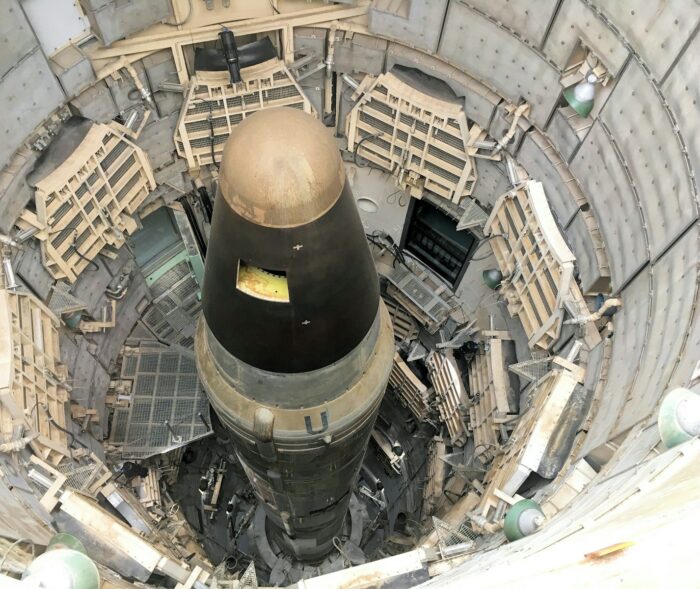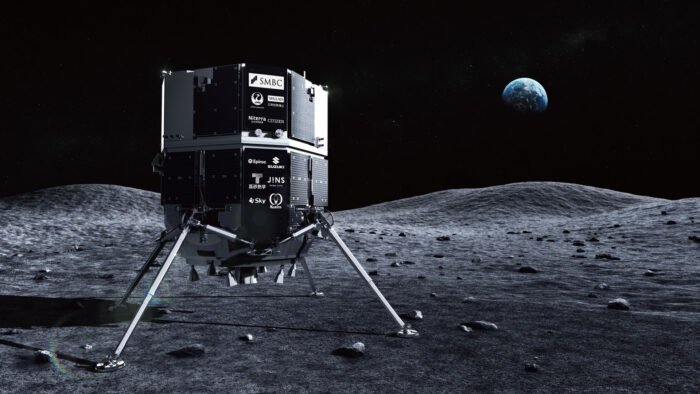Insider Brief
- The study examines NASA’s major accidents through Normal Accident Theory, suggesting that some spaceflight mishaps are inevitable due to complex system interactions, while others can be prevented.
- Findings highlight that preventable “component failure” accidents, like Challenger and Columbia, stem from organizational pressures, such as tight schedules and budget constraints.
- Recommendations include strengthening safety oversight and addressing power dynamics to better manage risks, particularly as NASA pursues ambitious goals with the Artemis program.
- Image Credit: NASA
Some spaceflight accidents may be unavoidable, but others can be managed—especially with a sharper focus on the pressures and power dynamics that influence safety decisions, according to a study in the online in-press version of Space Policy.
Using Normal Accident Theory (NAT), Leo Tasca, of the Yeates School of Graduate Studies, Toronto Metropolitan University analyzed NASA’s major human spaceflight accidents to understand why, in complex systems like space missions, certain failures are inevitable despite stringent safety measures. With NASA’s Artemis program aiming to return astronauts to the Moon and eventually Mars, the study suggests lessons from past accidents — and addressing certain organizational pressures — could help prevent future catastrophes.
Normal Accident Theory and NASA’s Risky Missions
Normal Accident Theory, or NAT, emerged in the 1980s as a framework for understanding why complex and tightly coupled systems, such as human spaceflight, are prone to unavoidable failures. NAT theorizes that in these systems, hidden interactions between parts of the system can trigger accidents, even when operators follow safety protocols. Coined by sociologist Charles Perrow, the theory argues that in highly complex operations, there are often “unknown unknowns” that can elude even the most capable human operators.
At NASA, these complex systems include spacecraft and the mission control operations that support them. According to the study, any process involving high-stakes technology, intricate design and tightly linked components, as found in space missions, is inherently accident-prone. This concept has significant implications for NASA’s Artemis program, which seeks to push the frontiers of human exploration into deep space.
Tasca writes: “The Artemis Program signals a new chapter in NASA’s history. The program’s main objectives are to return astronauts to the moon and establish a permanent lunar base for subsequent deep space missions to Mars and beyond. As with any human spaceflight program, Artemis entails considerable risks. That said, safety continues to be a core value at NASA and the agency has, on balance, been operating for more than 60 years with an admirable safety record.”
NASA’s Four Major Accidents
Using NAT, the review examined NASA’s four major human spaceflight accidents: the Apollo 1 launch pad fire, Apollo 13, Challenger, and Columbia. These incidents span more than three decades, each marking a serious accident in NASA’s history. According to the NAT analysis, only Apollo 13 fits the criteria of a “normal accident,” meaning an unavoidable failure caused by complex interactions within the system. This accident was marked by an explosion in the spacecraft’s oxygen tank, creating a life-threatening emergency. Despite this, the Apollo 13 crew was safely brought back to Earth, a testament to NASA’s rapid response capabilities.
In contrast, the other three accidents are classified as “component failure accidents” in NAT terms. These accidents resulted from flaws in individual parts rather than an inevitable breakdown of the entire system. For example, the 1986 Challenger disaster was traced back to a faulty O-ring seal in the solid rocket booster, and the 2003 Columbia tragedy was caused by insulation foam damaging the shuttle’s wing. According to NAT, these component failures weren’t inevitable; rather, they may have stemmed from organizational pressures — such as tight schedules and limited resources—that hampered NASA’s ability to identify and address risks.
The Pressure to Perform: Organizational Challenges in Safety
The study suggests that these component failure accidents, while not inevitable, were encouraged by the organization’s internal pressures. NASA, often operating under intense political and public scrutiny, has faced tight deadlines and budget constraints throughout its history. Such conditions can create a “reality distortion field,” where management may underestimate or downplay risks to meet mission goals. The study points out that these pressures can distort an organization’s perception of safety, leading to lapses in assessing and mitigating risks associated with flawed components.
This distortion effect is particularly relevant for the Artemis program, which is tasked with ambitious goals. Artemis intends not only to return humans to the Moon but to establish a sustainable base, with sights set on Mars missions. While safety remains a core value at NASA, the stakes are high, and the pressures similar to those seen during previous programs could recur.
Mitigating Risks
Although the NAT framework sees that accidents are inevitable in highly complex systems, the study does not take a fatalistic view. It suggests that NASA can benefit from certain organizational practices found in High Reliability Theory (HRT), which focuses on creating “mindful” organizations that prioritize safety by consistently monitoring for potential issues. HRT encourages organizations to avoid simplistic explanations, view safety as a dynamic and ongoing process, and provide the resources necessary for effective risk management.
NASA has already implemented some of these practices, particularly after the Columbia disaster, by establishing the NASA Engineering and Safety Center. However, the review suggests further improvements, such as reinforcing safety oversight structures and ensuring that production pressures do not overshadow risk assessments. The Columbia Accident Investigation Board, for instance, recommended a technical engineering authority separate from program management to improve safety oversight—something the study suggests may need renewed focus in the Artemis era.
Learning from Apollo 13
Apollo 13’s handling illustrates the difference between a “normal accident” and a component failure, according to the study. Despite the crisis, NASA’s swift actions and the crew’s resilience turned a near-tragedy into a survival story. The NAT review indicates Apollo 13 as an example of how an organization can still respond effectively, even in the face of a normal accident. This capacity to adapt and recover is a crucial takeaway for future missions, as it shows the importance of preparation and rapid response in complex operations.
Balancing Ambition with Safety
For NASA, the takeaway from this study is clear: while some accidents may be unavoidable, the agency can still control risks associated with component failures by managing organizational pressures more effectively. As NASA embarks on the Artemis program, the agency faces an opportunity to build on the hard lessons from its accident history and to reinforce safety protocols that guard against preventable errors.
The study also raises a broader question about the limits of safety in any complex technological endeavor. Can NASA, or any similar organization, completely eliminate risks in such intricate systems? While Normal Accident Theory suggests that absolute safety may be unattainable, a blend of NAT insights with High Reliability Theory’s practices could be NASA’s best path forward, especially as it pushes deeper into space.
As the review notes, the true challenge lies not just in technical innovation, but in fostering an organizational culture that prioritizes safety even under intense pressures. For NASA, the path to the Moon—and eventually Mars—may depend as much on organizational resilience as on engineering prowess.
Share this article:










